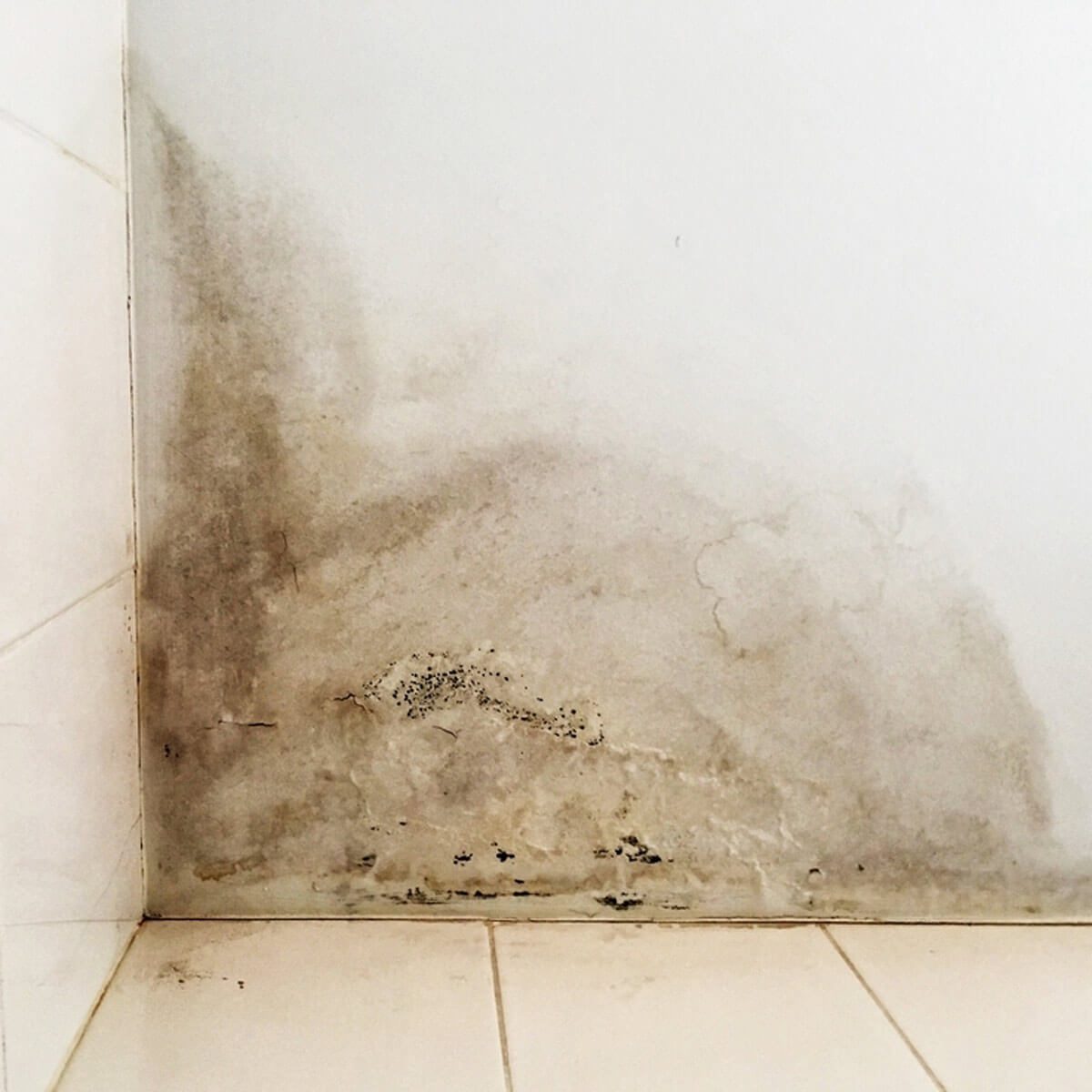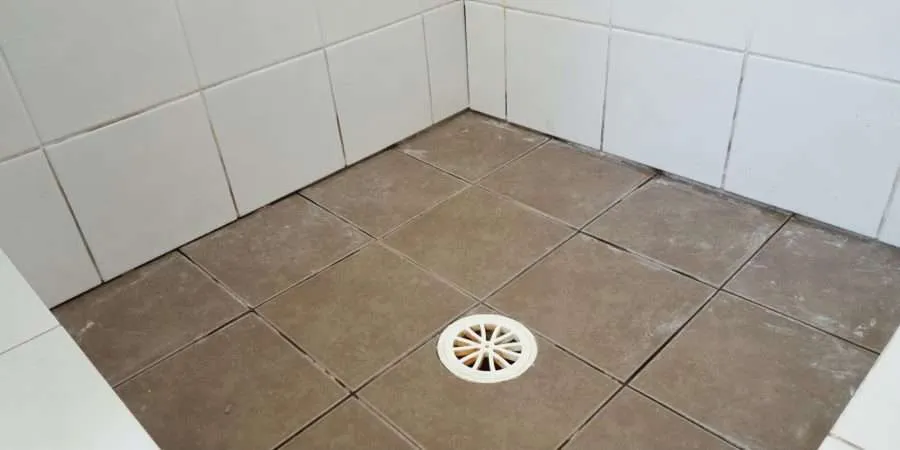Just how do you feel in relation to Looking for Signs of Water Damage in the Bathroom?

The washroom is exceptionally at risk for damp build-up and potential water damage as a result of the frequent use of water in it. This write-up supplies basic assessment techniques to help identifying water damages dangers.
The regular use of water in the bathroom makes it exceptionally prone for damp accumulation and possible water damages. By examining it regularly, you can minimize water related problems.
The complying with set of examinations is simple to perform and also must be done when in every three months in order to maintain your restroom healthy as well as to prevent possible water problems caused by the bath tub, the shower, pipeline joints and plumbing, sinks, cupboards, and the toilet
Do not forget executing these assessments and be thorough while executing them. Bear in mind that these straightforward evaluations can save you a great deal of money by supplying early signs for water damage
Bath tub as well as Shower
The shower and also bathtub need special interest and upkeep. Check the floor tiles and change if cracked. Make certain that there is no missing cement between the ceramic tiles. Inspect as well as change broken caulking at joints where the wall surfaces meet the flooring or the tub. Clogged drains and also pipes troubles will stop the bath tub from drying and also may suggest significant problems underneath the bathtub. Speak with a specialist instantly to avoid architectural damage. Focus on discolorations or soft locations around the bath tub walls as they might show an internal leak.
Plumbing
Signs for water damages are hard to discover given that most pipes are set up inside the wall surfaces.
Pay special interest to floor covering and also walls moisture as well as spots as they might show an invisible plumbing problem. Inspect dampness degrees in adjoining rooms also.
Sinks as well as Cabinets
Sinks and also cabinets are exposed to wetness as well as moisture day-to-day and are frequently ignored. Evaluate regularly under the sink and also on the kitchen counter over it. Repair any drip in the trap as it may suggest drain issues. Check out the sink, slow-moving draining pipelines might show an obstructed drain. Replace sink seals if they are cracked or loose.
The Toilet
The bathroom is a susceptible water junction. Inspect the water lines and also look for leakages around the commode seat, in the tube, and also under the water container. If you identify any signs of moisture on the floor around the toilet, check for leakages in the toilet edge and also container seals.
Realize that hanging commode dish antiperspirants boosts the possibilities for blockages.
Water Damage Signs In The Bathroom To Avoid Cleanup
Musty smell
This is one of the easiest signs to catch because musty smells are so odorous. The damp, earthy, moldy smell should be a big red flag. The smell will develop when moisture gets trapped in surfaces, and begins to facilitate mold growth. Leaking pipes under cabinets, inside walls, and behind shower fixtures will cause moisture to stay trapped and not dry, which will lead to mold growth and spread. As soon as you notice any musty smells in your bathroom, have it checked for hidden water damage and cleanup signs.
Visible mold
If the smell isn’t there to give it away, sometimes you will actually see mold growth. Finding mold in your bathroom is a serious problem, because mold is very harmful to your health. By the time mold growth is visible, it also means that water damage has already occurred and been present for some time. The only way the mold problem can be resolved is to find the source of the moisture and get it stopped. To safely and adequately remove mold, you need to have professionals handle the remediation. Do not waste any time in getting mold problems addressed, fixed, and sanitized so that you can protect you and your family from the many respiratory symptoms caused by mold exposure.
Damaged floors
Bathroom floors should be able to withstand some exposure to water while still remaining in good condition. However, when excess exposure or water leaks occur, they will begin to damage even the most water-resistant flooring. If you notice any cracking, bubbling, staining, or warping on your bathroom floors, there is probably a water leak somewhere causing the distortion. If you notice areas of the floor have become softer, or even have a spongy feeling, there is probably damage to the subfloor. Subflooring is typically made up of plywood. When plywood is exposed to water or moisture, it will absorb it. Once it has become saturated, the weight of the excess water will cause the wood to swell and soften. Check the floors in your bathroom frequently to catch any of these sings before they lead to damaged subflooring.
Changes on walls
When water leaks behind walls, it will cause changes in the drywall. Peeling plaster, blistering paint, and soggy wallpaper are all good indicators that excess water is building up behind the wall. Water leaking behind drywall will cause it to swell and be soft to the tough. If you start to notice gaps along the trim of your walls, or where tile meets the wall, it could also be a strong indicator that there is a leak behind the wall. Any changes, distortion, or damage on the walls should be evaluated as soon as you notice it to prevent further water damage and cleanup.

I came across that article about How to Fix a Water Damage Bathroom while doing a lookup on the internet. Appreciated our content? Please share it. Help other people locate it. Kudos for your time. Come back soon.
Apply Now